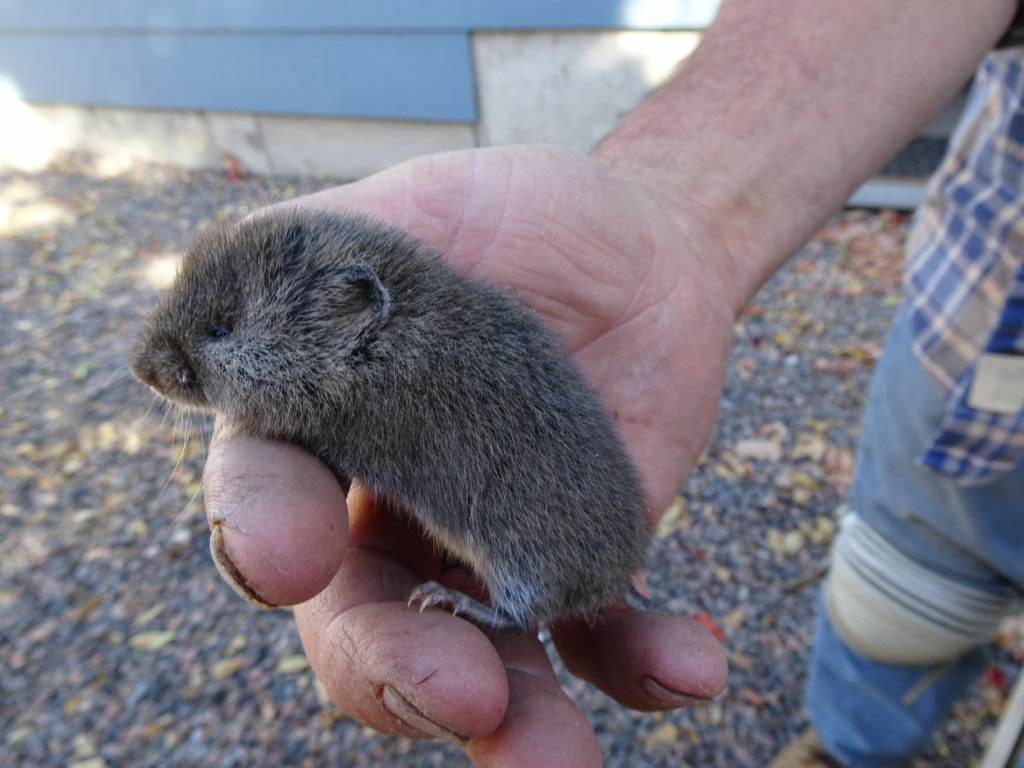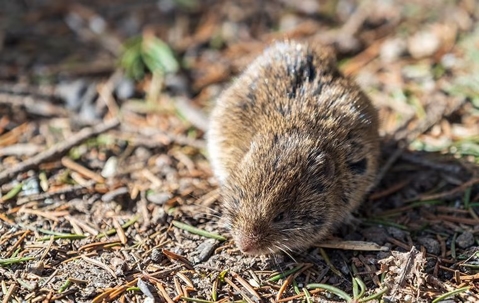Comprehensive Guide to Efficient Vole Parasite Control: Invasion Recognition and Therapy Techniques
In the world of efficient pest control, vole problems position an unique obstacle that demands a calculated technique. By exploring the nuances of vole behavior, comprehending vital indications of invasion, and assessing a variety of control alternatives, one can develop a detailed method to combat these elusive bugs.
Recognizing Vole Behavior
Vole habits is identified by their burrowing practices and fast recreation prices, making them a tough parasite to control properly. These small rodents normally develop detailed passage systems underground, using them for shelter, food storage, and transportation. Voles are herbivores, eating a selection of plants, turfs, bulbs, and roots, which can create substantial damages to gardens, orchards, and lawns. Their rapid reproductive price further makes complex control initiatives, with females efficient in generating multiple litters in a single year, each having numerous spawn.
Recognizing vole habits is critical for reliable pest control methods. By recognizing their burrow places, keeping track of feeding locations, and carrying out targeted control methods, such as trapping or habitat alteration, vole problems can be managed effectively.
Signs of Vole Problem

Avoidance Strategies
Carrying out effective prevention strategies is crucial in reducing vole problems and safeguarding vegetation from their destructive feeding behaviors. To protect against vole invasions, it is necessary to start by eliminating potential food resources and shelter.
On a regular basis checking the building for signs of vole activity, such as paths and burrow openings, is essential for early detection and timely activity. If vole task is thought, consider using traps or repellents purposefully placed near their pathways. Utilizing all-natural predators like serpents or owls can also aid keep vole populaces in check. By implementing a mix of these prevention property owners, garden enthusiasts and strategies can properly protect their plants from vole damages.
Non-Lethal Control Methods
To properly manage vole populaces while focusing on humane techniques, non-lethal control methods offer useful options for lowering vole damage in landscapes and yards. One reliable technique is making use of physical barriers such as hardware fabric or cord mesh to protect at risk plants. These barriers can be hidden at the very least 12 inches bent and deep at a 90-degree angle to avoid voles from burrowing beneath. In addition, environment modification can deter voles by lowering their chosen food sources and hiding spots. Maintaining a well-mowed yard, getting rid of particles, and keeping greenery trimmed can make the environment less enticing to voles.

Lethal Control Options
One effective technique for dealing with vole infestations in landscapes and yards involves the click over here now critical use of deadly control options. When encountered with a severe vole infestation that non-lethal approaches have actually stopped working to include, implementing lethal control actions ends up being important. In general, when utilizing lethal control alternatives, it is crucial to do so properly and in accordance with regional policies to properly take care of vole invasions.
Conclusion
In verdict, efficient vole parasite control needs a detailed understanding of vole habits, recognition of indications of problem, execution of avoidance strategies, and use of both non-lethal and lethal control approaches. By incorporating these techniques, people can efficiently manage vole populaces and protect their property from damages. It is essential to address vole problems promptly to stop further problems and lessen the influence on the surrounding environment.
Given the detailed tunnel systems and fast recreation prices characteristic of voles, acknowledging the indicators of vole infestation ends up being crucial in effective pest control. One of the main indications of vole presence is the presence of surface runways or tracks in yard or snow, generally regarding 1-2 inches large, developed as voles take a trip in between their burrows and food sources.To effectively manage vole populations while prioritizing humane techniques, non-lethal control approaches offer practical services for reducing vole damage in landscapes and gardens.One effective technique for addressing vole infestations in landscapes read and yards entails the tactical usage of lethal control options. vole pest control.In verdict, reliable vole bug check over here control calls for a thorough understanding of vole behavior, identification of indicators of problem, execution of prevention strategies, and application of both lethal and non-lethal control techniques